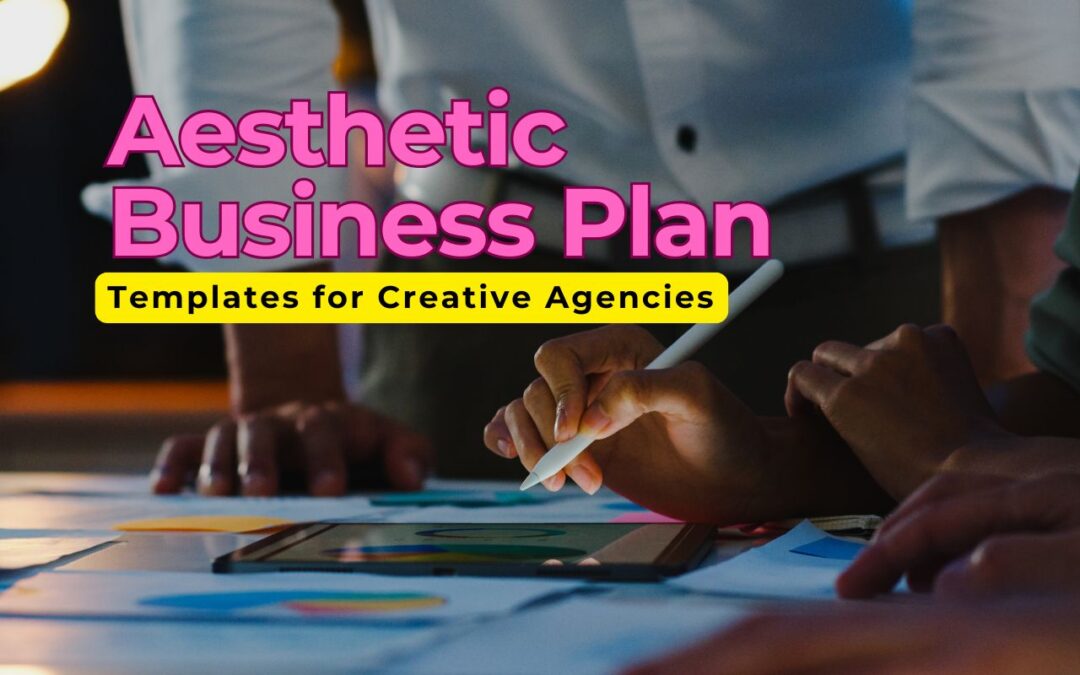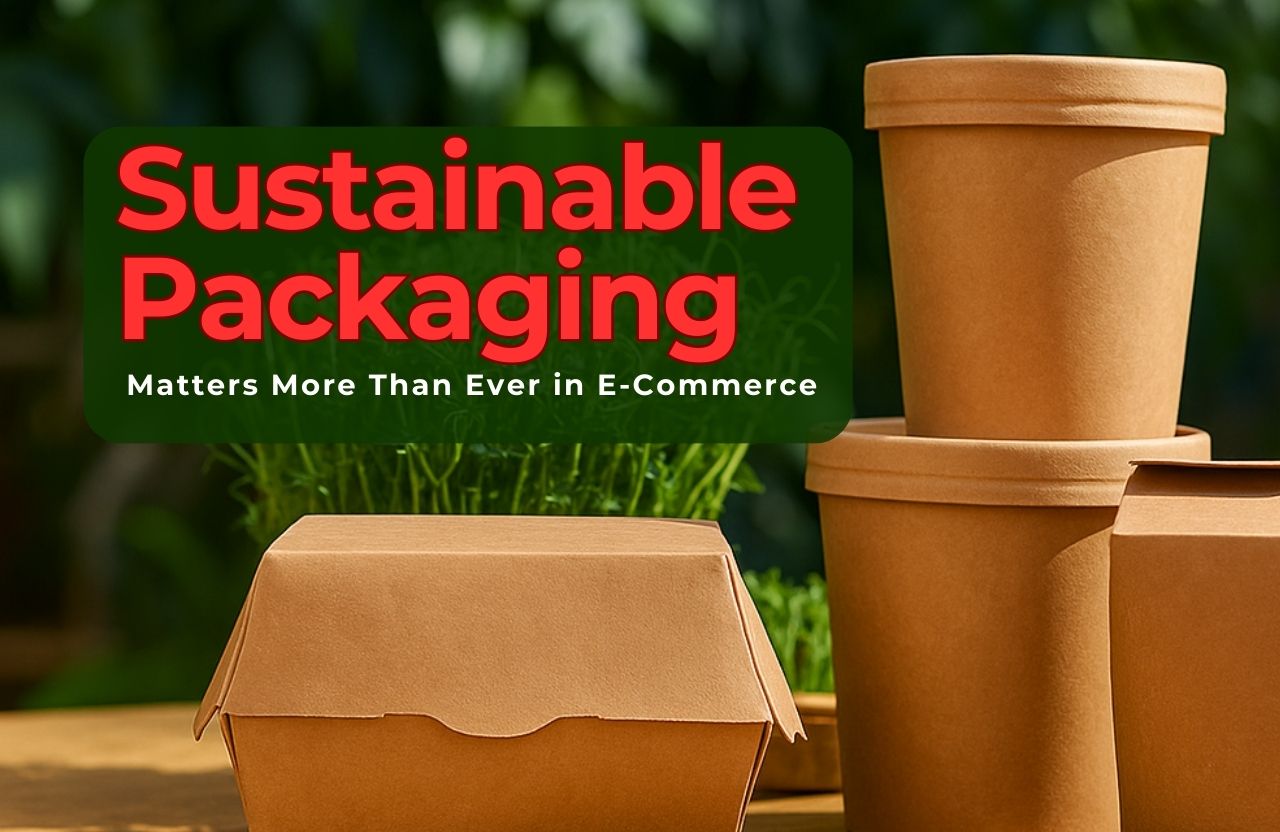In today’s highly competitive and visually saturated marketplace, first impressions matter more than ever. For creative agencies and freelancers—graphic designers, writers, illustrators, photographers, web developers, and branding consultants—crafting a aesthetic business plan that reflects not just strategy but also creativity can be a powerful differentiator. While the primary purpose of a business plan is to outline your mission, objectives, strategies, and operations, aesthetics play a major role in how that message is received, especially in the creative industry.
This blog explores how an aesthetic business plan template can benefit creative professionals, how to design one that aligns with your brand, and how to use it strategically to grow your business.
Why Aesthetics Matter in a Business Plan
While traditional industries may prioritize raw data and projections, creative businesses operate in a world where design, emotion, and storytelling hold weight. A plain, text-heavy document may not inspire confidence in your capabilities as a creative professional. However, an aesthetically crafted plan can demonstrate design acumen, brand consistency, and attention to detail.
Visual Psychology and Business Communication
Studies show that visual content is processed 60,000 times faster than text, and people remember 80% of what they see, compared to just 20% of what they read. This means a visually appealing business plan not only gets read more but also leaves a lasting impression—something especially important when pitching to clients, collaborators, or potential investors.
What Is an Aesthetic Business Plan?
An aesthetic business plan integrates visually pleasing design elements—such as color palettes, typography, illustrations, layouts, and white space—with strategic content. It should represent your unique identity while maintaining clarity and professionalism. For creative professionals, it’s an opportunity to show, not just tell, what you’re capable of.
Core Elements of an Aesthetic Business Plan Template
To maintain a balance between aesthetics and function, your business plan should be both beautiful and comprehensive. Here’s what to include:
1. Cover Page with Visual Identity
- A well-designed cover page that immediately communicates your brand vibe—minimalist, bohemian, urban, classic, or playful.
- Includes business name, tagline, and relevant contact details.
2. Mission and Vision Statement
- Concise and inspiring, written in a tone consistent with your brand personality.
- Should be paired with visuals or icons that resonate emotionally.
3. Portfolio Showcase or Work Examples
- Instead of linking out to your work, integrate curated visual samples into the plan itself.
- This works as proof of your capabilities and breaks up text-heavy sections.
4. Services and Offerings
- Presented using visual elements like icons or infographics to enhance readability.
- Each service should be described in a tone that matches your target audience.
5. Target Audience
- Describe your ideal client using mood boards, character sketches, or lifestyle graphics.
- Humanizing your audience helps establish empathy and shows understanding of market fit.
6. Marketing and Growth Strategy
- Visual timelines, marketing funnels, and customer journey maps can be used instead of walls of text.
- Include unique ideas like seasonal campaigns or influencer collaborations.
7. Business Structure and Workflow
- Use flowcharts or diagrams to explain your creative process or team hierarchy.
- Makes your operations transparent and professional.
8. Financial Goals and Projections
- Use clean design to simplify data, such as icons for expenses or stylized charts.
- Avoid clutter; focus on clarity and ease of interpretation.
9. Branding Guidelines (Optional)
- Including your color codes, logo variations, and font choices communicates a consistent image.
- Reinforces your professional commitment to visual cohesion.
Tips for Designing an Aesthetic Business Plan
1. Stick to Your Brand Identity
- Use a cohesive color palette, typography, and layout that aligns with your existing portfolio and website.
- Avoid overcomplication—clarity is still key.
2. Prioritize White Space
- Just like in any good design, white space lets the reader breathe.
- It also guides the reader’s eyes toward what matters most.
3. Use Icons and Custom Illustrations
- Visual metaphors can be powerful in conveying abstract business concepts.
- Custom illustrations add a personal, handcrafted touch.
4. Consistency in Layout
- A structured grid or layout system helps keep everything aligned and easy to navigate.
- Avoid mixing too many design styles in one document.
5. Use Visual Hierarchy
- Headlines should be bold and easy to scan.
- Different font sizes and weights should direct the eye naturally through the document.
How Creative Freelancers Can Benefit
Freelancers often compete on the basis of talent, personality, and presentation. An aesthetic business plan can:
- Win client confidence by showcasing your creative and strategic mindset.
- Guide your personal development by clarifying your direction.
- Attract collaborators or business partners who resonate with your visual identity.
- Provide clarity for pricing models and project boundaries, reducing scope creep.
How Agencies Can Use Aesthetic Planning Strategically
Creative agencies operate in a fast-paced, project-driven environment. A well-crafted business plan can:
- Serve as a powerful pitching tool when approaching clients or investors.
- Align team members around vision and goals through engaging visuals.
- Streamline onboarding by visually presenting workflows and brand values.
- Differentiate your agency from competitors with templated, polished presentations.
Real-World Impact and Industry Insight
According to industry surveys, nearly 60% of creative entrepreneurs believe that brand perception influences client pricing willingness. Moreover, agencies that emphasize aesthetic brand storytelling see 40% higher engagement on their proposals and presentations compared to those who don’t.
In the freelance market, freelancers with a branded proposal or planning document are 25% more likely to be hired than those who submit plain-text versions. These statistics emphasize that how you present yourself is nearly as important as what you present.
How to Use an Aesthetic Business Plan in Practice
- Client Meetings: Share it during pitches or discovery calls to show your process and professionalism.
- Portfolio Enhancer: Include it as part of your digital portfolio or press kit.
- Funding Applications: Use it to apply for grants, creative residencies, or business loans.
- Collaboration Proposals: Present it to potential collaborators or partners who may be part of your next big project.
- Annual Review Document: Update it yearly to evaluate growth, pivot strategy, and renew creative goals.
Final Thoughts
An aesthetic business plan template is not just a tool for securing funding or outlining strategy—it’s a representation of your creative voice. It proves that you walk the talk: that your work isn’t just strategic, but also inspiring, polished, and impactful. For freelancers and creative agencies alike, investing time into creating an aesthetically pleasing business plan could mean the difference between blending in and standing out.
Let your creativity shine, even in your most strategic documents. After all, in the world of design, every touchpoint is a canvas—and your business plan is no exception.













